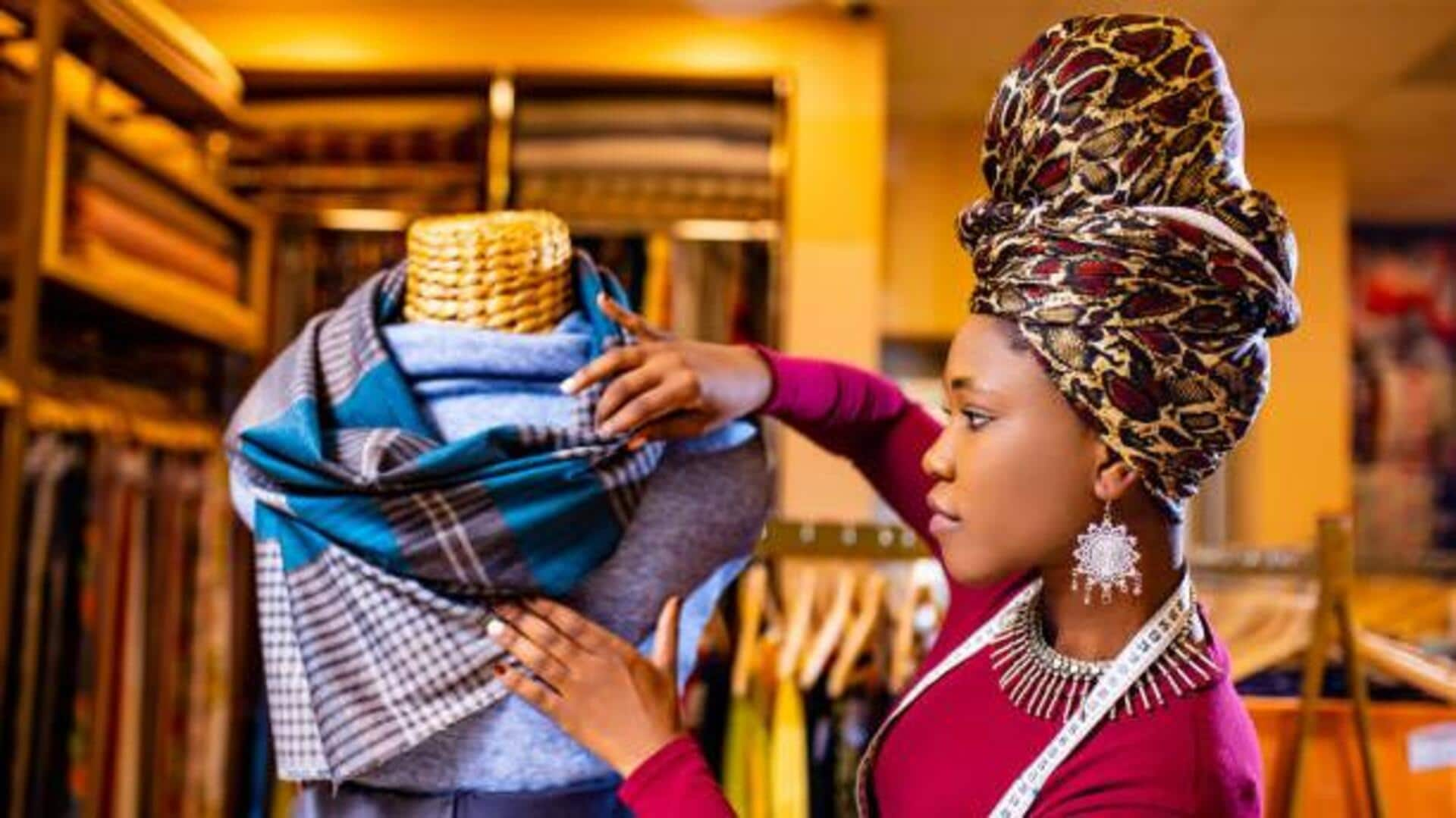This year, linen has firmly taken the spotlight, edging out polyester across wardrobes and lifestyle trends. While polyester has long been favored for its affordability and durability, today’s conscious
consumers are looking beyond price tags, gravitating toward natural, breathable, and eco-friendly fabrics. Linen is not just a seasonal craze, it’s becoming the fabric of choice.
Breathability and Comfort
In a world where comfort is king, linen reigns supreme. Made from natural flax fibers, linen allows the skin to breathe, making it ideal for warm and humid climates. Polyester, by contrast, traps heat and moisture, leaving wearers feeling sticky and uncomfortable. With consumers prioritizing wellness and ease, linen’s airy, lightweight appeal is unbeatable.
“Linen isn’t just a fabric, it’s an experience. It adapts beautifully to our climate, while offering men and women the luxury of ease, breathability, and style in one. Today’s consumer wants fashion that feels responsible. Linen answers that call, it’s eco-friendly, renewable, and leaves behind little impact on the planet compared to polyester,” says Prem Dewan, Retail Head, OSL Luxury.
Sustainable and Eco-Friendly
Sustainability is no longer a buzzword; it’s a demand. Linen has a minimal environmental footprint, as flax requires less water, pesticides, and energy to cultivate compared to polyester, which is derived from petroleum-based plastics. Linen is biodegradable, while polyester contributes heavily to microplastic pollution. For eco-conscious buyers, linen is the obvious winner.
Timeless Aesthetic Appeal
Linen carries an effortless elegance. Its natural texture, soft drape, and muted tones embody the “quiet luxury” aesthetic trending worldwide. Polyester may mimic sheen and structure, but it lacks the organic sophistication that linen inherently delivers. Linen pieces age gracefully, developing character over time rather than wearing out. Gen-Z has also been embracing the “old-money” look by pairing pastel linen shirts with white linen pants.
Health and Skin Benefits
People are increasingly attentive to how fabrics interact with their skin. Linen is hypoallergenic, antibacterial, and moisture-wicking, making it especially suitable for sensitive skin. Polyester, however, can cause irritation, trap sweat, and foster bacterial growth. For health-focused consumers, linen provides a fabric that not only looks good but also feels good naturally.
Shift Toward Premium, Long-Lasting Choices
Fast fashion’s dominance is waning as people embrace “buy less, buy better” philosophies. Linen’s durability makes it a smart investment, with garments lasting for years without losing their charm. Polyester may be cheaper initially, but its tendency to pill, fade, and retain odors makes it less appealing in the long run.
“Linen represents understated luxury. It doesn’t scream for attention but always stands out for the right reasons. Its timeless appeal lies in its simplicity. When you choose linen, you’re not just choosing style, you’re choosing wellness. It’s a fabric that respects your skin,” says Samresh Das, Head of Design, Numero Uno.
The shift from polyester to linen isn’t just a style choice, it’s a lifestyle movement. Consumers are increasingly choosing fabrics that align with values of sustainability, wellness, and timeless elegance. Linen embodies all of these qualities, making it the fabric of the moment and likely, the fabric of the future.











